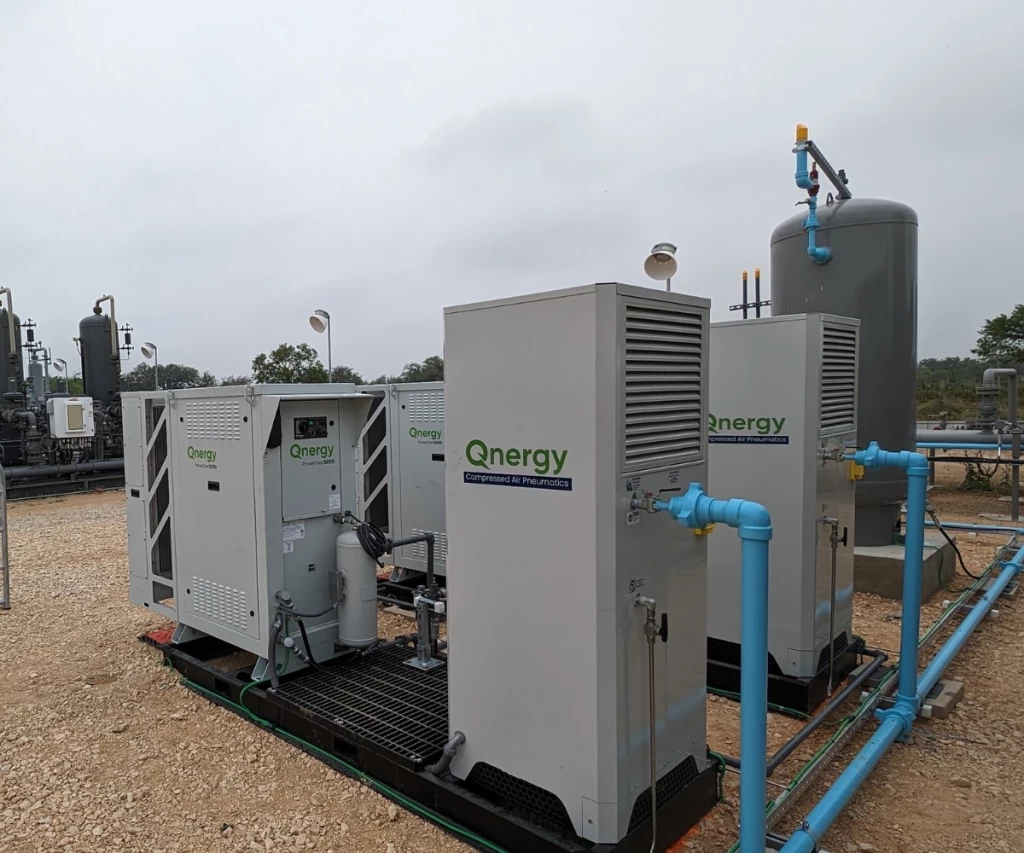Using Blockchain for Transparency in Methane Emissions Reporting
Should we be using blockchain for methane emissions?
Add bookmark
Contributed by: Devin Partida
As the energy industry’s decision-makers become more aware of the need to track and reduce methane emissions, significant room for improvement remains. Could using blockchain for better reporting bring about the necessary changes?
Why Should People Use Blockchain for Emissions Reporting?
Blockchain offers several advantages that make it well-suited for tracking the sector’s methane emissions. First, its decentralized structure prevents cybercriminals, malicious insiders, or other parties from orchestrating single attacks that could compromise the entire reporting mechanism. Additionally, no user needs to know or trust any fellow participant for the system to work. Conventional reporting methods typically require relatively few parties to hold most or all of the data, necessitating trust between the data holders and others.
Furthermore, blockchain’s immutability ensures that no one can alter the ledger data. Similarly, blockchain explorers allow anyone to view transactions as they occur, enhancing stakeholder trust through transparency.
LISTEN: Episode 11: Avoided Methane Emissions Into Revenue: Gas-to-Value Explained
Why Must Emissions Reporting Improve?
A global study revealed that methane emissions from the energy industry reached a record high in 2023. The production and use of fossil fuels resulted in almost 120 million tonnes of methane during the year. An additional 10 million tonnes of methane came from bioenergy, primarily linked to traditional biomass uses. While research indicated that although methane emissions reductions are occurring, they are insufficient to meet global climate goals.
In 2024, Stanford University researchers also concluded the oil and gas sector’s methane emissions have exceeded estimates, causing widespread problems. Findings suggested these producers lose $1 billion in annual commercial value due to known emissions and leaks. That figure rises to $10 billion when calculating the economic and human harm caused by these additions to the atmosphere.
Moreover, a 2024 study indicated that 56% of oil and gas industry entities plan to adjust their projects to capture carbon credits, emphasizing the need for reliable emissions data to guide these efforts. These examples illustrate that current reporting and mitigation methods are ineffective, and decision-makers need data they can trust to inform operational strategies.
Some have become alarmed at how technology has harmed the environment, including increased emissions. However, it can also improve conditions, particularly when leaders embrace newer technologies and approaches.
How Has Blockchain Enhanced Emissions Reporting?
Executives at one United States energy company recognized that improved identification, tracking, and reduction of emissions were imperative to their business model. Decision-makers were particularly interested in leveraging emerging technologies to achieve these goals. So much so, they hired external consultants to assist them in the investigation and focused on options to enhance carbon tracking.
This process also involved choosing over 40 stakeholders to become a cross-functional team responsible for 11 functions. After careful consideration, decision-makers chose blockchain to create and maintain their desired system of record. This contained verified emissions data captured digitally at the source and stored on the digital ledger.
READ: Decoding the EU Methane Regulation for the Energy Sector
Another part of this blockchain ecosystem emphasized collaboration among marketplace members and supported the required publication of regulatory compliance data. This transparency fostered trust, as the blockchain-enabled authorized parties both within and outside the company to access data.
This case study is an example of how well things can go when leaders apply blockchain thoughtfully and with a clearly defined vision. However, anyone considering replicating this approach must recognize how the company followed a detailed process to get the results.
Key steps included gathering feedback from stakeholders and external consultants. These discussions centered on process steps, pain points, initial assessment interviews, and more. The biggest challenge stemmed from realizing that traditional emissions reporting methods no longer met existing needs, especially concerning public expectations.
Other industry leaders can use this case study as a framework for their own initiatives and aim for similarly positive results. Implementing blockchain to strengthen emissions reporting demands time and commitment from people at all levels of an organization. However, this approach pays off.
The Blockchain Promotes Emissions Transparency
Energy leaders must prove they are working hard to report emissions accurately and progress in mitigation. Blockchain technology is essential for achieving these objectives, paving the way for enhanced transparency and reliability.
More from Devin Partida: Utilizing AI to Optimize Natural Gas Storage Operations
Learn more about methane emissions reporting in the oil and gas industry at our upcoming events:
Methane Mitigation Canada Summit
September 30 - October 2, 2024 | Hotel Arts, Calgary, AB
Methane Mitigation America Summit
December 3-5, 2024 | Houston, TX























